-
 Bitcoin
Bitcoin $117700
-1.00% -
 Ethereum
Ethereum $4458
-3.91% -
 XRP
XRP $3.119
0.14% -
 Tether USDt
Tether USDt $1.001
-0.02% -
 BNB
BNB $836.6
-1.56% -
 Solana
Solana $189.5
-3.90% -
 USDC
USDC $0.9998
-0.02% -
 Dogecoin
Dogecoin $0.2335
1.29% -
 Cardano
Cardano $0.9642
1.51% -
 TRON
TRON $0.3539
-1.19% -
 Hyperliquid
Hyperliquid $47.41
-1.84% -
 Chainlink
Chainlink $21.92
-3.28% -
 Stellar
Stellar $0.4286
-0.23% -
 Sui
Sui $3.724
-3.29% -
 Bitcoin Cash
Bitcoin Cash $594.8
-0.78% -
 Ethena USDe
Ethena USDe $1.001
0.04% -
 Hedera
Hedera $0.2501
-2.06% -
 Avalanche
Avalanche $23.96
-4.87% -
 Litecoin
Litecoin $119.0
-2.32% -
 Toncoin
Toncoin $3.473
0.82% -
 UNUS SED LEO
UNUS SED LEO $9.596
0.17% -
 Shiba Inu
Shiba Inu $0.00001301
-0.39% -
 Uniswap
Uniswap $11.03
-0.25% -
 Polkadot
Polkadot $3.935
-2.62% -
 Dai
Dai $1.000
0.01% -
 Bitget Token
Bitget Token $4.564
-1.76% -
 Cronos
Cronos $0.1512
-4.11% -
 Ethena
Ethena $0.7306
-1.09% -
 Pepe
Pepe $0.00001087
-2.68% -
 Aave
Aave $300.2
-4.00%
Why does NFT need blockchain technology to support it?
Blockchain's immutable ledger secures NFTs, ensuring uniqueness, verifiable ownership, and preventing counterfeiting via cryptographic hashes and smart contracts automating transactions and royalty payments.
Mar 16, 2025 at 08:55 pm
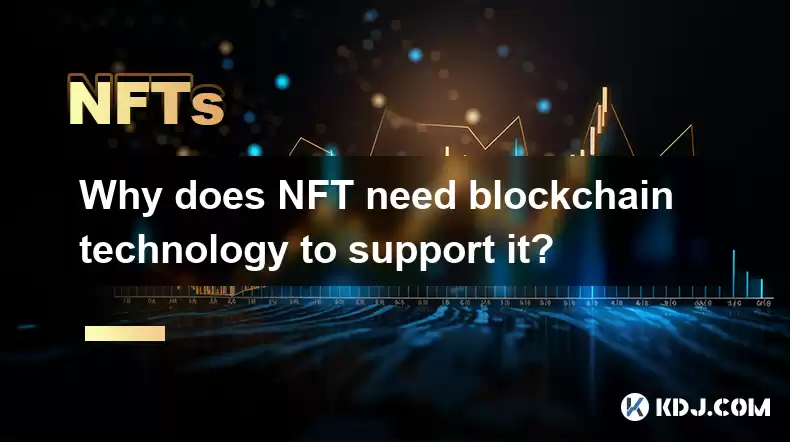
Key Points:
- NFTs derive their uniqueness and verifiability from blockchain's immutable ledger.
- Blockchain ensures provenance and ownership tracking, preventing counterfeiting.
- Smart contracts on blockchain automate NFT transactions and royalties.
- Decentralization prevents single points of failure and censorship.
- Blockchain's transparency fosters trust and market liquidity.
Why Does NFT Need Blockchain Technology to Support It?
Non-Fungible Tokens (NFTs) are digital assets representing ownership of unique items. Their existence and functionality are fundamentally intertwined with blockchain technology. Without blockchain, the core attributes of NFTs – uniqueness, verifiability, and secure ownership – would be severely compromised or entirely absent.
The very essence of an NFT lies in its non-fungibility. This means it cannot be exchanged for another identical item, unlike fungible tokens like Bitcoin. This uniqueness is recorded and verified on the blockchain's immutable ledger. Each NFT transaction is permanently recorded, creating a transparent and auditable history.
Blockchain's immutability is critical for preventing counterfeiting. Once an NFT is minted and recorded on the blockchain, it cannot be duplicated or altered. This prevents fraudulent copies from being created, preserving the scarcity and value of the original NFT. This contrasts sharply with digital assets outside of blockchain, which are easily copied and distributed.
Furthermore, blockchain technology facilitates secure ownership tracking. The blockchain acts as a public, verifiable record of ownership, showing the complete history of transactions for each NFT. This transparency builds trust among buyers and sellers, reducing the risk of fraud and disputes.
Smart contracts are another crucial aspect of NFTs' reliance on blockchain. These self-executing contracts are coded directly onto the blockchain and automate various aspects of NFT transactions, including the transfer of ownership and the payment of royalties to creators. This automation streamlines the process and increases efficiency.
The decentralized nature of blockchain is also vital. Unlike centralized databases, which are susceptible to single points of failure and censorship, blockchain is distributed across a network of computers. This resilience ensures the continued functioning of NFTs even in the face of attacks or disruptions. It also prevents a single entity from controlling or manipulating the NFT ecosystem.
The transparency inherent in blockchain enhances trust and liquidity in the NFT market. Anyone can access the public ledger to verify the authenticity and ownership history of an NFT. This transparency encourages participation and facilitates trading, contributing to a more vibrant and liquid market. This transparency is absent in centralized systems, creating a lack of trust and hindering market growth.
Blockchain's Role in Specific NFT Functions:
- Verification of Ownership: The blockchain permanently records the owner's digital wallet address, proving undisputed ownership. Attempts to claim ownership without transferring the NFT from the blockchain are easily detected.
- Preventing Duplication: The unique cryptographic hash of each NFT on the blockchain prevents identical copies from being created and traded. Each NFT has its own distinct identity.
- Facilitating Secure Transactions: Smart contracts automate the transfer of ownership and royalty payments, minimizing the risk of fraud and disputes in the transaction process.
- Maintaining Provenance: The entire history of an NFT's ownership, from creation to subsequent sales, is permanently recorded on the blockchain, providing complete transparency about its journey.
- Enabling Royalty Payments: Smart contracts automatically distribute royalties to creators every time their NFT is resold, ensuring continuous compensation. This is a key feature often absent in traditional art markets.
Understanding the Technological Underpinnings:
The core technology enabling these features is cryptography. Each NFT is uniquely identified by a cryptographic hash, a digital fingerprint that is virtually impossible to duplicate. This hash is stored on the blockchain, ensuring its immutability and verifiable uniqueness.
The decentralized nature of the blockchain ensures that no single entity can control or manipulate the NFT's existence or ownership. This fosters trust and transparency, crucial for the long-term viability of the NFT ecosystem. Without this decentralization, NFTs would be vulnerable to manipulation and censorship.
The use of consensus mechanisms, such as Proof-of-Work or Proof-of-Stake, further enhances the security and integrity of the blockchain. These mechanisms ensure that the blockchain remains secure and tamper-proof, preventing malicious actors from altering the record of NFT ownership.
Common Questions:
Q: Can NFTs exist without blockchain?
A: No. Without blockchain's immutable ledger and cryptographic security, NFTs would lose their key characteristics: uniqueness, verifiable ownership, and tamper-proof provenance. They would simply be easily duplicated digital files.
Q: What are the limitations of using blockchain for NFTs?
A: While blockchain offers many benefits, it also has limitations. Scalability issues can lead to high transaction fees and slow processing times. Environmental concerns related to energy consumption (particularly with Proof-of-Work blockchains) are also significant considerations.
Q: Are all blockchains suitable for NFTs?
A: No. Some blockchains are better suited than others due to factors like transaction speed, fees, and smart contract capabilities. Ethereum has historically been the dominant platform, but other blockchains are emerging as viable alternatives.
Q: How does blockchain ensure the authenticity of an NFT?
A: The blockchain's immutable record of ownership and the unique cryptographic hash associated with each NFT serve as irrefutable proof of authenticity. This makes it nearly impossible to forge or duplicate a legitimate NFT.
Disclaimer:info@kdj.com
The information provided is not trading advice. kdj.com does not assume any responsibility for any investments made based on the information provided in this article. Cryptocurrencies are highly volatile and it is highly recommended that you invest with caution after thorough research!
If you believe that the content used on this website infringes your copyright, please contact us immediately (info@kdj.com) and we will delete it promptly.
- Kazakhstan's Crypto Leap: Bitcoin ETF and Central Asia's Digital Finance Future
- 2025-08-13 12:45:19
- BlockDAG Presale Blazes Past $371M: Fundraising Frenzy Fuels Crypto Sensation
- 2025-08-13 13:05:21
- Meme Coins: Chasing the 2025 Surge – Which Will Moonshot?
- 2025-08-13 10:25:23
- Bitcoin's Wild Ride: Rally, Pullback, and What's Next
- 2025-08-13 10:25:23
- Bitcoin, Bitmax, and Institutional Demand: A New Era of Crypto Investment
- 2025-08-13 10:45:12
- Solana, ROAM, and Airdrops: What's the Buzz in 2025?
- 2025-08-13 11:35:13
Related knowledge
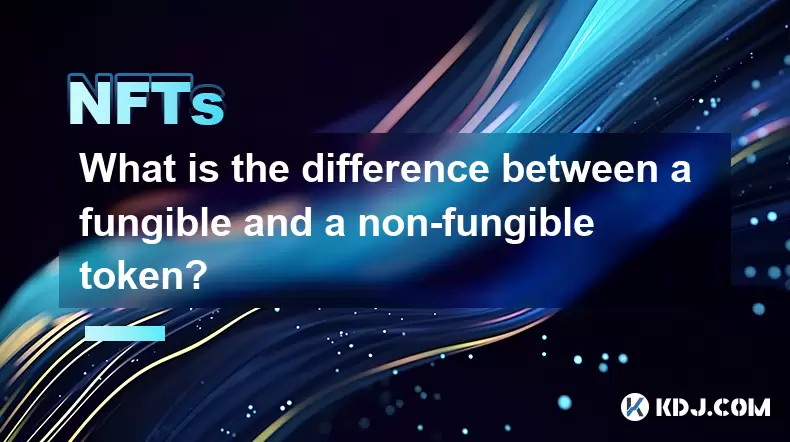
What is the difference between a fungible and a non-fungible token?
Aug 11,2025 at 12:07pm
Understanding Fungibility in Digital AssetsThe concept of fungibility is foundational to understanding both fungible and non-fungible tokens (NFTs) in...
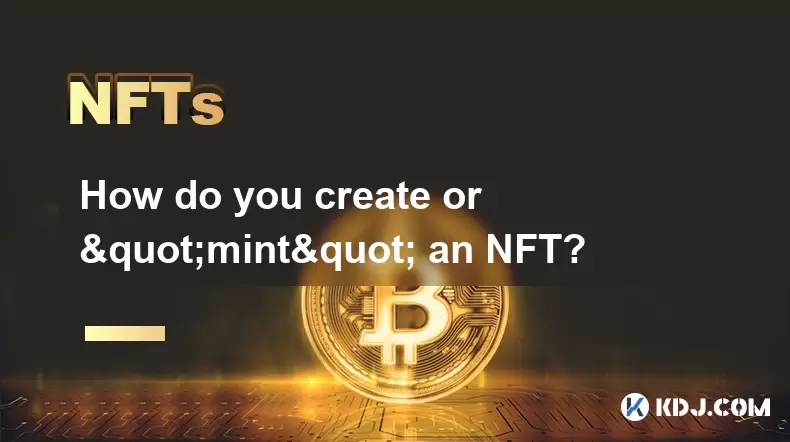
How do you create or "mint" an NFT?
Aug 09,2025 at 08:56pm
Understanding What an NFT Is Before MintingBefore diving into the process of creating an NFT, it's essential to understand what an NFT actually is. An...
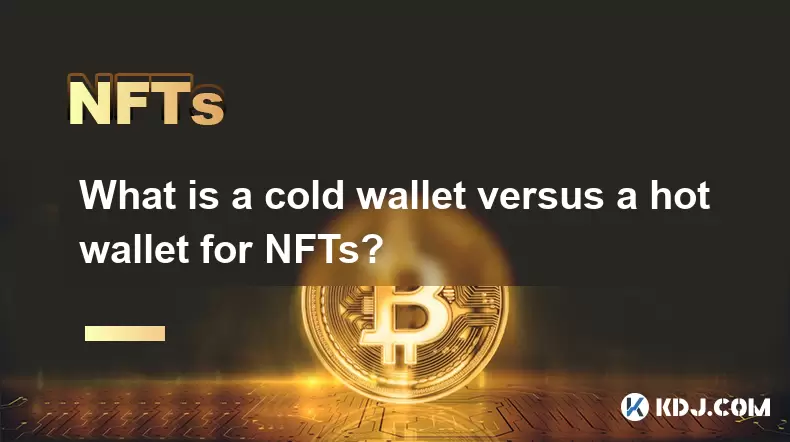
What is a cold wallet versus a hot wallet for NFTs?
Aug 10,2025 at 10:49pm
Understanding Cold Wallets and Hot Wallets in the NFT EcosystemIn the world of NFTs (Non-Fungible Tokens), digital ownership and security are paramoun...

How do I protect my NFTs from being stolen?
Aug 11,2025 at 06:28pm
Understanding the Risks to NFT OwnershipNFTs, or non-fungible tokens, represent unique digital assets secured on blockchain networks. Despite their cr...
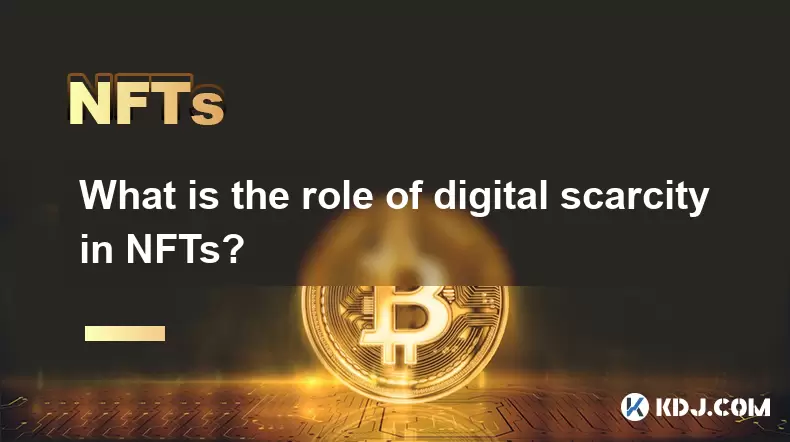
What is the role of digital scarcity in NFTs?
Aug 11,2025 at 11:36pm
Understanding Digital Scarcity in the Context of NFTsDigital scarcity refers to the deliberate limitation of digital assets to create value through ra...
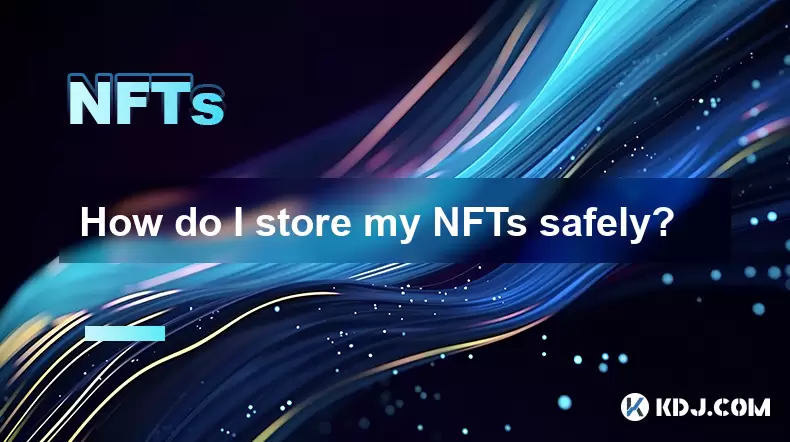
How do I store my NFTs safely?
Aug 13,2025 at 11:36am
Understanding the Nature of NFT OwnershipWhen you purchase an NFT (Non-Fungible Token), you are not storing a file like a photo or video directly on y...

What is the difference between a fungible and a non-fungible token?
Aug 11,2025 at 12:07pm
Understanding Fungibility in Digital AssetsThe concept of fungibility is foundational to understanding both fungible and non-fungible tokens (NFTs) in...

How do you create or "mint" an NFT?
Aug 09,2025 at 08:56pm
Understanding What an NFT Is Before MintingBefore diving into the process of creating an NFT, it's essential to understand what an NFT actually is. An...

What is a cold wallet versus a hot wallet for NFTs?
Aug 10,2025 at 10:49pm
Understanding Cold Wallets and Hot Wallets in the NFT EcosystemIn the world of NFTs (Non-Fungible Tokens), digital ownership and security are paramoun...

How do I protect my NFTs from being stolen?
Aug 11,2025 at 06:28pm
Understanding the Risks to NFT OwnershipNFTs, or non-fungible tokens, represent unique digital assets secured on blockchain networks. Despite their cr...

What is the role of digital scarcity in NFTs?
Aug 11,2025 at 11:36pm
Understanding Digital Scarcity in the Context of NFTsDigital scarcity refers to the deliberate limitation of digital assets to create value through ra...

How do I store my NFTs safely?
Aug 13,2025 at 11:36am
Understanding the Nature of NFT OwnershipWhen you purchase an NFT (Non-Fungible Token), you are not storing a file like a photo or video directly on y...
See all articles

























































































